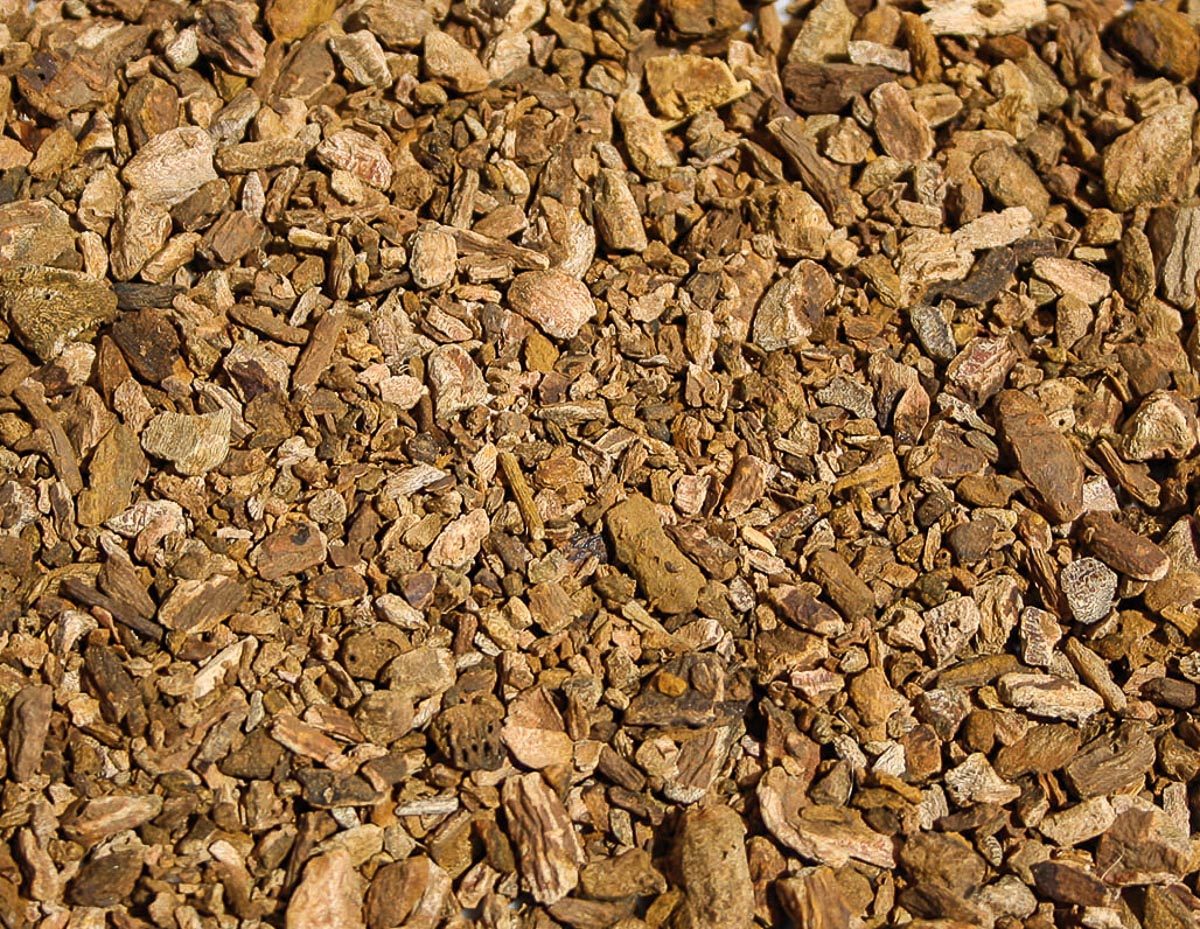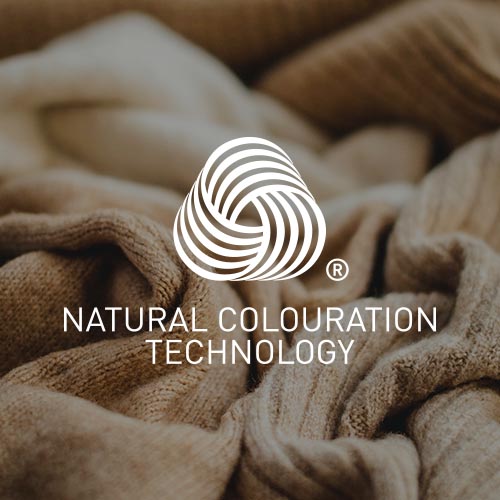TECHNOLOGY AND NATURE
Different plants, herbs, roots, flowers and tree bark
NATURAL COLOR
Natural color was born in the laboratories of Tintoria di Quaregna, with the study of new ecological processes and innovative dyeing techniques.
The result is a sustainable, natural, elegant color rich in its own history. In fact, the dyes are created with the help of plants from all over the world, each of which contains its own uniqueness, historicity and origin.
Haematoxylum
Campechianum
Logwood Tree, Legno di Campeggio, Legnotauro, Legno Blu

Logwood was introduced as a dye to Europe after the discovery of America and it is a member of the Leguminosae family.
Since 18th century Logwood is used in natural dying more than any other dying wood and its ability to give color is due to a crystalline substance present in wood called haematoxylina.
Papaver Eraticum
Rubrum
Corn Poppy, Papaver Rhoeas, Papavero, Rosolaccio

The corn poppy is an annual herbaceous plant widely diffused in Italy and in Europe, which normally grows in the fields and on the edges of roads and railways.
It is said that Gengis Khan, the famous mongol emperor, used to carry with him poppy seeds to spread them on battlefields as a sign of memory and respect.
Rubia
Tinctorum
Madder,
Robbia dei Tintori

Madder is an extremely ancient dyeing ingredient, extending back at least to 2000 BC. The dyeing principle, hidden in the aromatic root of the plant, takes the name of alizarine.
Madder roots are real factories of colours, and hold in addition to alizarine many other active ingredients such as pseudoporporine and rubiadine. The jackets of the Napoleonic army were dyed with this fascinating root.
Lawsonia
Inermis
Egyptian Privet,
Hennè

Henna is a twisting and branched shrub whose white and pink flowers have a suave parfume.
The leaves are able to give color according to ancient techniques survived until our days. Native to western India, Henna has spread to most of the tropical regions of the world. It loves light and deep soils where it expresses its best.
Reseda
Luteola
Dyer’s Mignonette, Erba Gualda – Amorino

The Reseda or Amorino is one of the anciest dyeing plants and is cultivated in Italy and in Europe, All its parts, roots, branches, leaves, seeds, contain a yellow coloring principle, luteolin, which is beautiful and pure.
Its elegant flowers sway in the wind giving a gentle scent.
Indigofera
Tinctoria
Indigo,
Indaco

Indigofera plant, since ancient times source of the most beautiful blue color, belongs to the Fabaceae family and is one of the most important natural coloring materials with an aura of mystery and legend that is found in all cultures.
Its leaves are beautiful and decorative, and once fermented, they give fascinating shades of blue.
Dactylopius
Coccus
Cochineal,
Cocciniglia

Cochineal is a parasite that feeds on the sap of succulent plants. Widespread all over the world, in the equatorial climatic zones it is raised on the blades of very common species of Opuntia or Prickly Pear.
The value of cochineal was discovered by the first populations of Mexico and the use of its fascinating crimson colour was imported also in Europe.
Juniperus
Communis
Juniper,
Ginepro

Juniper is a plant belonging to the Cupressaceae family, that are spontaneous in the Mediterranean flora and suitable for cultivation.
The juniper is shaped by the wind and has blue-green leaves which give a pleasant smell of resinous essence. It forms small aromatic berries called cuddles, which give soft shades of beige and ecru.
Acacia
Catechu
Cutch Tree,
Catecù

Catecù is a resin that is obtained from indian acacia plants. The wood is collected, covered with water and boiled.
When the juice becomes sufficiently thick it has a dark brown, shiny and sweet appearance. Used wisely by dyers, it is a good ingredient for browns and burnt colors.
Carthamus
Tinctorius
Sufflower,
Cartamo

Sufflower is a scented flower that comes from India and Mediterranean. It belongs to the Asteraceae family and has been known since 2500 BC.
Safflower has a flavor reminiscent of saffron and gives yellows, pinks and reds of incomparable beauty.
Juglans
Regia
Wallnut,
Mallo di Noce

Walnut is a plant of very ancient origins. Very vigorous tree, it can reach up to thirty meters in height with a majestic bearing and strong roots. Walnut good fruits are protected by the husk, a precious pulp rich in color.
The walnut husks are left to infuse for up to two years to obtain the most beautiful shades of brown.
Rheum
Officinalis
Rhubarb,
Rabarbaro

Rhubarb is a lively plant that in spring develops very large leaves with defined contours. It is native to Mongolia, where it grows spontaneously in nature, but is also well cultivated in Europe since ancient times.
It is harvested in autumn and the part used is mainly the fresh or dry rhizome, pleasantly aromatic and rich in anthraquinones, precious natural yellow and orange pigments.
